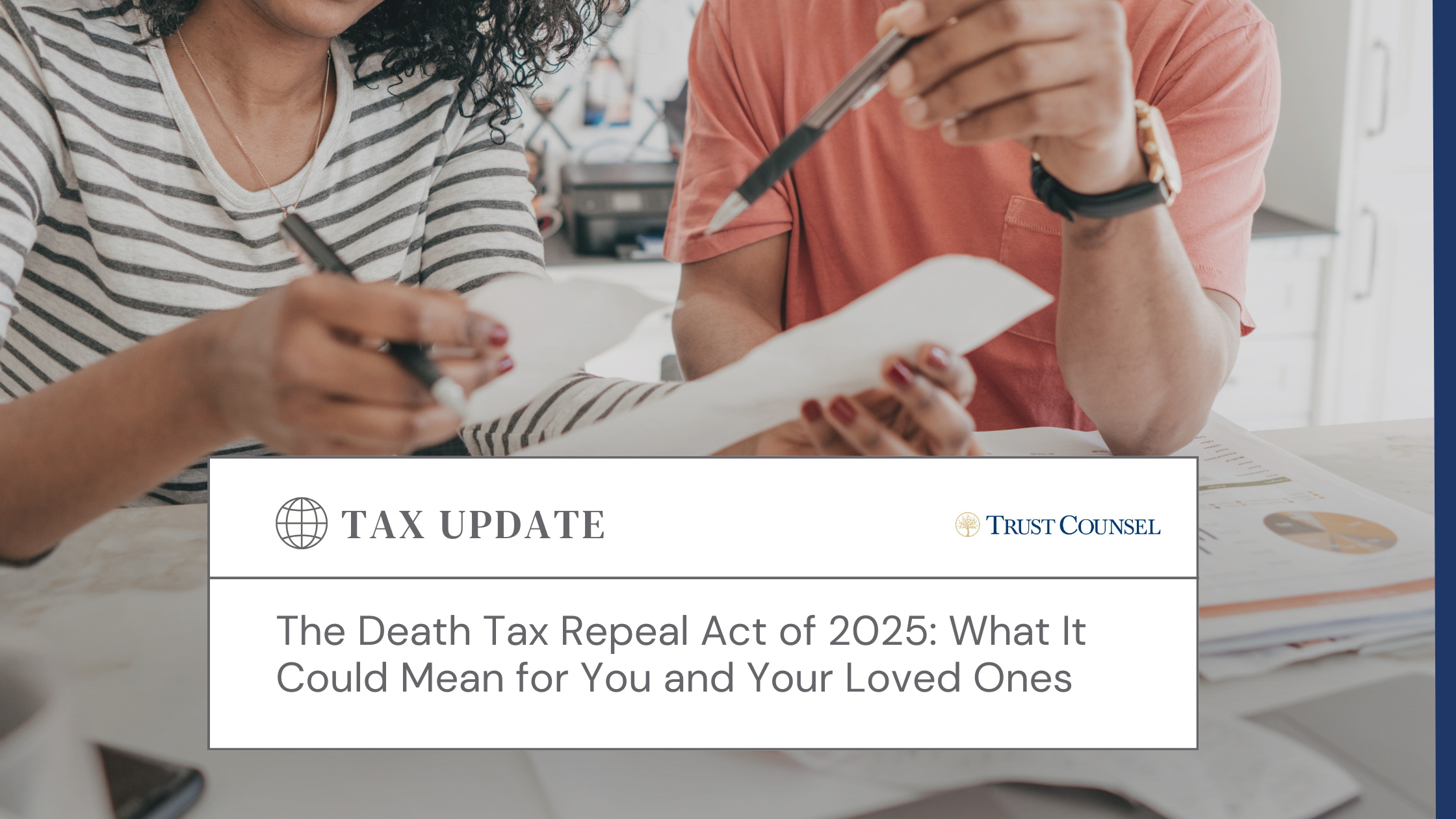The purpose of a trademark is to differentiate a company’s goods or services in the marketplace. A trademark also represents an intangible asset in the form of consumer goodwill that has been assigned to the company through its history. In the legal realm, the words or symbols chosen to represent goods (trademark) or services (service mark) must be distinctive enough to serve both these functions.
The most common form of trademark is a word or series of words that typically fall into one of five categories:
Coined. These are typically words that are fabricated solely for the purpose of identifying a particular service or product. Some examples are Exxon, Verizon and Kodak. When it comes to legal protection, fanciful trademarks are the strongest and easiest to protect. Just be sure that the word you come up with doesn’t mean something different in another language.
Arbitrary. These are words chosen to represent a specific product or service whose meaning has no natural tie to that product or service — i.e., Apple for computers or Coach for leather goods.
Suggestive. A suggestive word mark is a word or words that suggest a feature or benefit of the product or service — for example, Snuggle fabric softener. These are generally considered to be weaker than coined or arbitrary marks.
Descriptive. A descriptive mark identifies a major feature or characteristic of a product or service. However, until a descriptive mark acquires secondary meaning or recognition through usage, it is usually considered by the courts to lack distinction (and, therefore, legal protection). Surname marks like McDonald’s are usually treated as descriptive marks and — once they obtain significant secondary meaning in the marketplace — are afforded broad legal protection.
Generic. Generic terms like “boat” for boats or “onion” for onions are not trademarkable. Some brands have evolved into generic brands – Kleenex, Xerox, Google – and must take extra care in using their trademarks properly to help protect against losing legal protections due to becoming generic.
Besides fitting into one of the stronger protection categories above, your trademark must be available for use. If you choose a trademark that has already been registered for use, or that has been used previously in a similar fashion, you could be held liable for trademark infringement.
Your business ideas are important property worth protecting. If you are interested in learning more about intellectual property protection strategies, call us today to schedule your comprehensive LIFT™ (legal, insurance, financial and tax) Foundation Audit.





